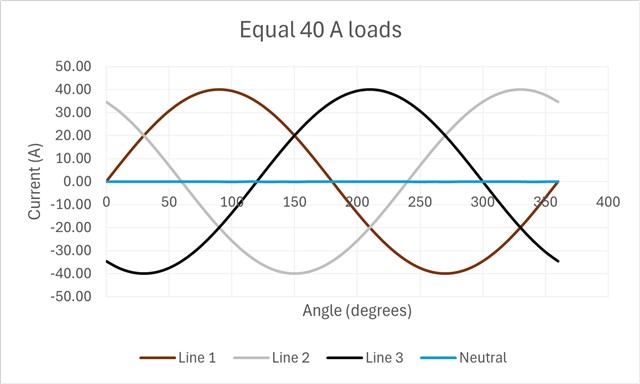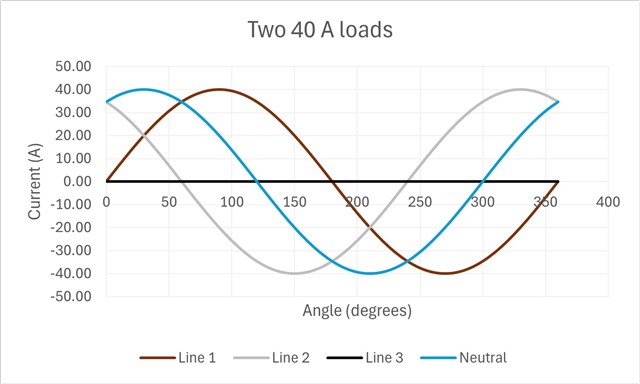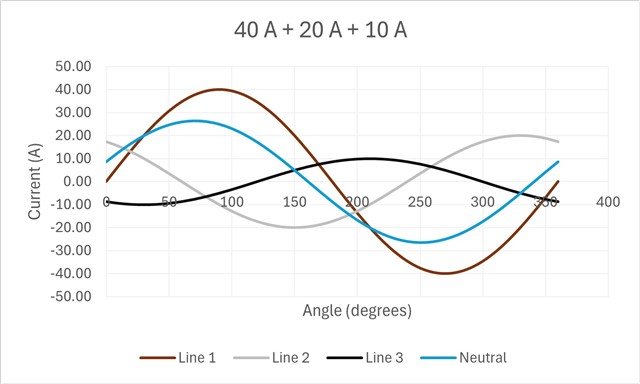Hi all, Hope you are all well.
Looking for a bit of advice.
Small building fed from a main building by a buried submain 3 core 25mm2 swa (Old colours “red, yellow & blue”). Wire armour & yellow core being used as earth. Swa cable length is approximately 75 meters, protected by switch fuse rated at 60amps which is bushed and coupled to a 200amp busbar chamber in the main building.
Existing loads total to 45amp.
Client is looking to add an additional fixed load rated at 40amps.
Existing load + new load = 85amps.
Using table 4D4A - Max current carrying capacity of a 2 core 25mm2 swa = 99 amps however if using 3 core its 82 amps.
If using the 3-core current carrying capacity the cable isn't large enough @ 82amps.
In reality only two cores are being used but technically the cable is a 3 core.
Which value of current carrying capacity should be used in this situation?
Your thoughts appreciated.
Thank you all.
CPC





